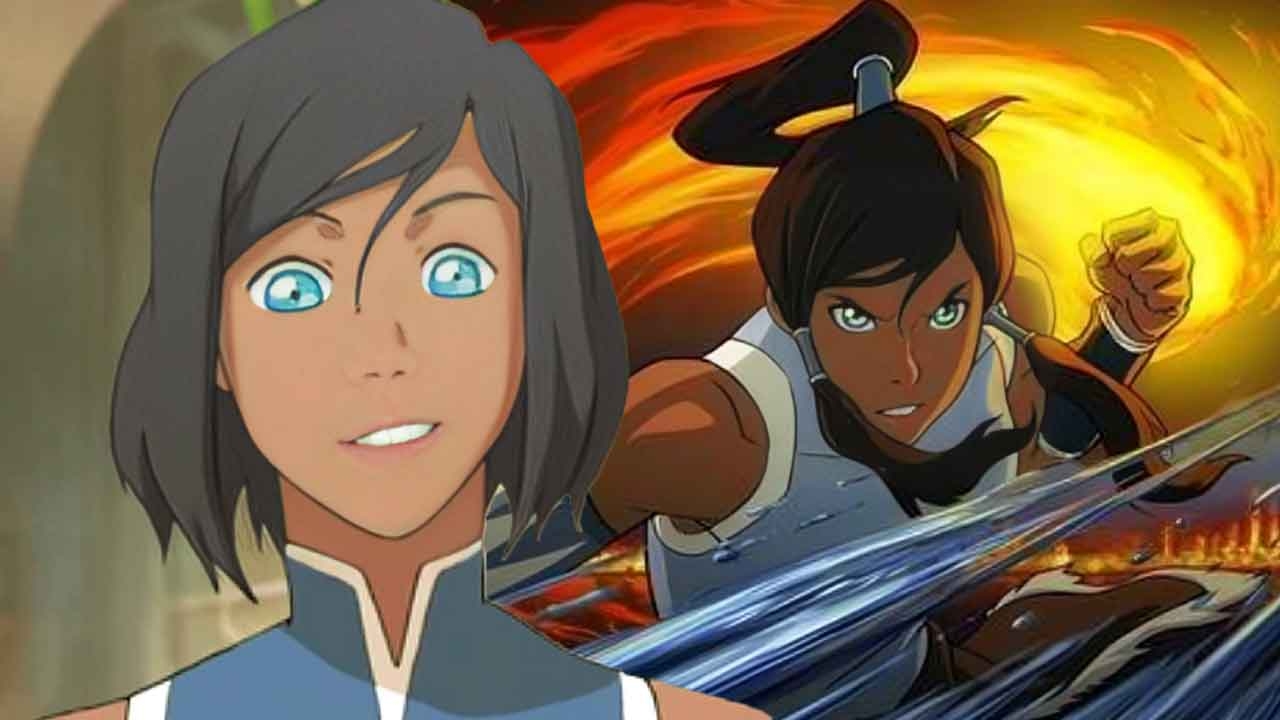“If I was surprised at anything…”: Avatar: The Last Airbender Creators Were Taken Aback by 1 Korra Criticism They Felt Was Out of Line
The legacy of Avatar: The Last Airbender cannot be replicated. No matter how much the creators tried to emulate the same emotion and essence in the follow-up show The Legend of Korra, the show just couldn’t match the standards set by Avatar: The Last Airbender.
Nickelodeon premiered episodes 1–34 whereas episodes 35-52 aired on Nick.com. Despite the criticism and dissatisfaction expressed by the fandom, the show did its best to continue the enthralling story of Avatars and their masterful art of bending elements.
Creators Received Criticism for The Legend of Korra

The audiences were already familiar with and loved Aang as the Avatar of the universe. When the follow-up show introduced them to Korra, who was so radically different, it felt like the viewers couldn’t relate to this new character. Aang was goofy and innocent but was capable of handling himself on the battlefield. His tiny size could not reflect his strength as an Airbender and an Avatar.
:no_upscale()/cdn.vox-cdn.com/uploads/chorus_asset/file/21828424/1345.jpg)
On the other hand, Korra was an angsty teenager who exuded a rebellious spirit. She did not always agree with the set rules or what the world thought she should do. Korra was on the path of self-exploration and was not afraid to make mistakes and learn from them. The creators deliberately presented Korra in a light different from Aang’s to show that power can mean different things to different people. Creator Bryan Konietzko expressed,
“He’s (Aang) such a goofy, affable, optimistic kid, so making his successor a stubborn, pugnacious, angsty teenager was bound to put off a lot of people, and I remember plenty of fan reactions to that effect. If I was surprised at anything, it may have been that it seemed like people were less willing to let her make mistakes than they were with Aang. But I didn’t worry about that stuff too much. I am always more concerned with the cumulative impact of a character’s arc.
Moreover, the different personality of the successor Avatar also opened new opportunities for character growth and individual plots. The creators Konietzko and Michael DiMartino were aware of the potential risks and challenges in making a show as dynamic as The Legend of Korra, but they did it anyway because some stories need to be told. For them, this is how the story would have naturally unfolded.
The Legend of Korra Was Not All Bad

The show and the creators did receive criticism on various aspects, but that’s not to say that the show was all bad. It had its moments where the audience felt connected to the expansive universe and resonated with the characters. Some people could relate to Korra’s anger and frustration as she journeyed to master the elements and brave the troubles that came her way.
The personal struggles and growth arc of Korra were more believable and real than that of Aang’s. He did not get a chance to be a teenager who struggled with the effects of puberty.
Moreover, there were fans who watched The Legend of Korra first and then delved into the history by watching Avatar: The Last Airbender. Other facets of the traditional-modern debate and the pro and anti-bender factions added another layer of complexity to the narrative.
The Legend of Korra is streaming on Netflix, Prime Video and Apple TV.





